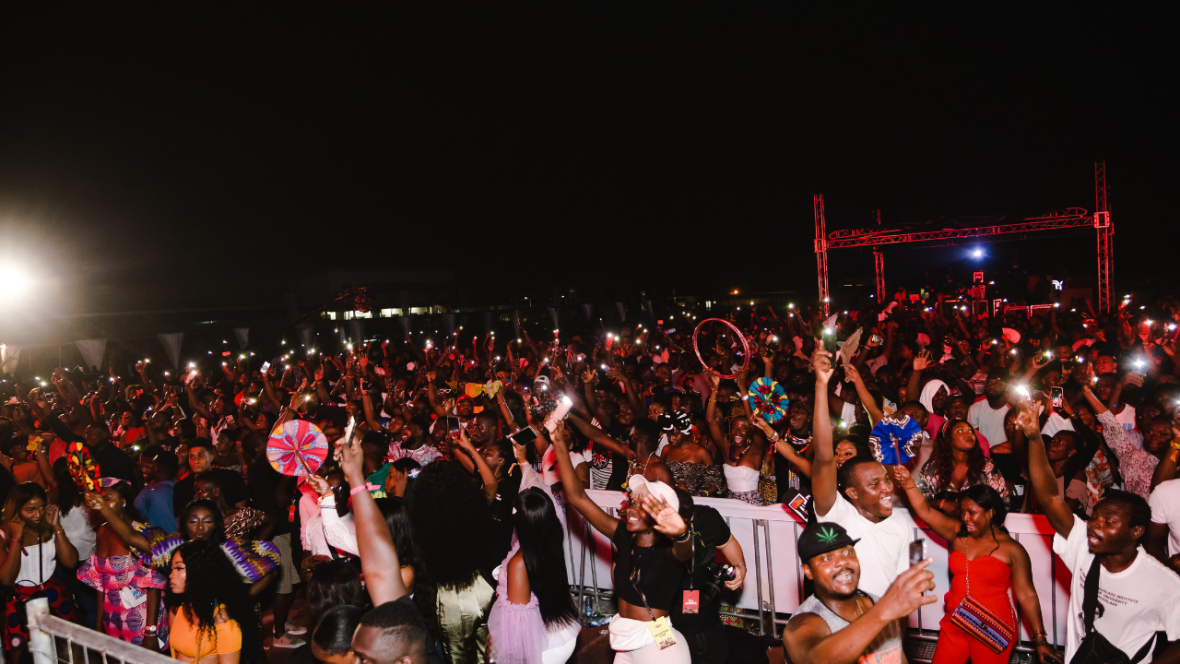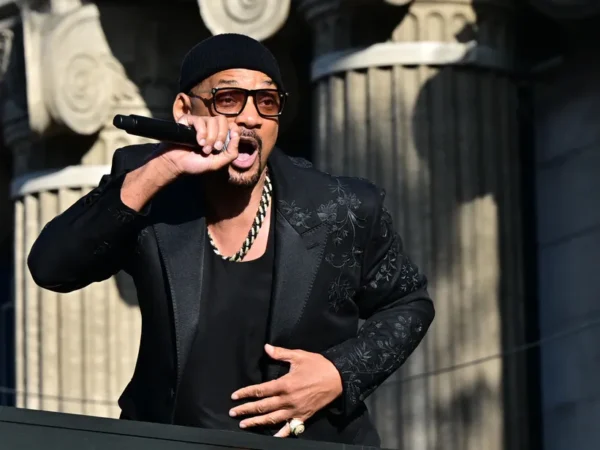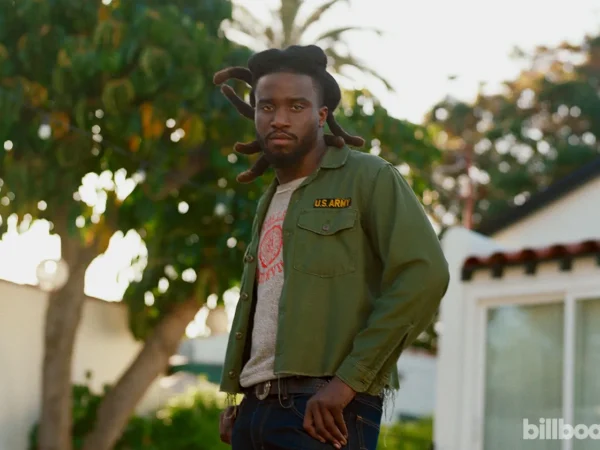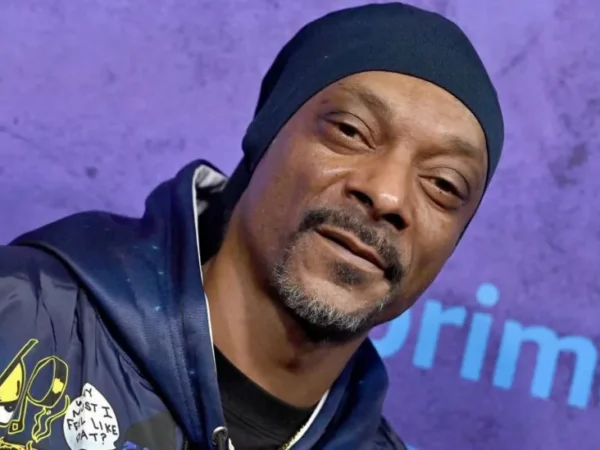Source: thegrio.com
As America celebrates its independence, learn how the resounding rhythms of Afrobeats continue to connect Black people worldwide.
In pulsating rhythms, where beats fuse with soul and melodies that spark spirits, a musical revolution has emerged, carrying within it the power to unite and ignite the essence of the Black community worldwide. The irresistible musical genre known as Afrobeats has become a cultural phenomenon, transcending borders, erasing boundaries, and weaving together the diverse tapestry of the Black diaspora.
Recent years have seen a significant rise in Afrobeats’ popularity, manifesting in top-charting songs and viral dance trends. However, the Afrobeats sound we know and love today is an extension of Nigerian musician Fela Kuti’s Afrobeat. Emerging in the late-1960s to ’70s, the Afrobeat genre marries elements of jazz, funk, and soul with traditional African genres like Highlife — which, in turn, is inspired by musical traditions of the Akan and Kpanlogo people in Ghana and Nigeria, as well as Fuji, a Yoruba musical genre.
As the genre’s best-known pioneer, Kuti also admitted to drawing influence from famed African-American artists like James Brown. And as Afrobeat’s popularity grew in West Africa, it similarly rose to prominence in the United States as American jazz artists like Roy Ayers and Randy Weston and Talking Heads frontman and new wave pioneer David Byrne drew cross-cultural inspiration from the hybrid art form.
“After hearing the various types of music (in Africa), we in the United States were just simply an extension of Africa, being like almost the beginning of life itself and like it’s thrown itself out in different parts of the world.” said the late Weston, a pianist and advocate for African music’s influence on American music, per Billboard.
Fast forward years later to the mainstream emergence of Afrobeats. Similar to the sounds of Kuti, the modern iteration of the genre draws influences from traditional West African sounds while weaving in inspiration from hip-hop, dancehall, and contemporary R&B. Today, the genre of Afrobeats acts as an umbrella term for numerous subgenres from across Africa’s 58 countries.
“Afrobeats is a unique connector as much as an evolution of a constant practice of all of [the diaspora] being in dialogue with each other as we form our music tradition,” culture writer and critic Shamira Ibrahim told theGrio.
From the United States to West Africa to the West Indies, Black cultural practices, cuisine, fashion, dialect, and music heavily influence one another. Woven together by shared history and experience, modern popular music trends can be traced back to past generations.
For instance, the background vocals within Asake’s music hold nuances from the Negro spirituals that inspired jazz, blues, and gospel music. Similarly, soulful ’90s R&B sounds have been recently revived through artists like Burna Boy, who has sampled Toni Braxton’s “He Wasn’t Man Enough” and Brandy’s “Top of the World.”
Over time, the genre’s infectious rhythms, exuberant melodies, and catchy lyrical narratives have captured the hearts and souls of millions, attracting listeners from Lagos to London, New York to Accra, and beyond.
However, Afrobeats is more than just music; it is a celebration of African heritage and an affirmation of Blackness. Its captivating sounds have become a bridge, connecting Black people from all corners of the globe and reminding them of their shared history, struggles, and triumphs. It has given voice to our ancestral stories, dreams, and aspirations, fostering a sense of unity, pride, and solidarity that resonates deeply within the collective consciousness.
From the vibrant streets of Lagos, the debated birthplace of Afrobeats, the pulsating beats of artists like Burna Boy, Davido, Wizkid, and Rema now provide a soundtrack for that nation’s spirit of resilience and joy and have expanded far beyond Nigeria. Likewise, in the arrondissements of France, the rhythmic Afro-Pop sounds of Malian artist Aya Nakamura and Congolese descendants Franglish and Dadju serve as a global reminder of the Francophone history within Africa, infusing Maritinique’s Zouk genre into their sound. While these artists all fall under the Afrobeats umbrella, each possesses a unique sound inspired by the hundreds of musical genres that exist on the continent.
“We [all] have the same sound base,” Ibrahim explained. “So something can sound like Konpa [from Haiti]; can sound like Soukous from the Congo; can sound like Makossa from Cameroon; could sound like Kizomba from Angola because of that same rhythmic sound … and there’s something really beautiful about that.”
Read More: https://thegrio.com/2023/07/04/celebrate-independence-with-afrobeats-the-genre-that-unites-the-diaspora/





